What data recovery tools to buy if you want to start a data recovery business?
Free video data recovery training on how to recover lost data from different hard drives?
Where to buy head and platter replacement tools at good prices?
Data recover case studies step by step guide
I want to attend professional data recovery training courses
When you are handling some flash data recovery cases, we often need to extraxt the chip from the flash drives and use some professional flash data recovery tools to read the data inside.
So, here, we want to discuss a little what kind of tools or components are needed when you desolder the chip from the patient flash drives?
Usually as we know, we need soldering iron, hot air gun, soldering glass, scraper, tweezers, alcohol and cotton, is there anything else or what kind of tools do you recommend or do you have some good soldering tips ?
Data recovery Salon welcome your comments and do please show your successful experience with us and all people who will benefit from this information will appreciate it very much!

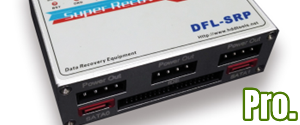
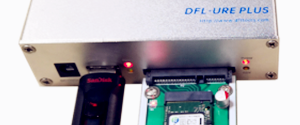
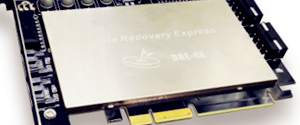

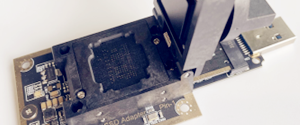
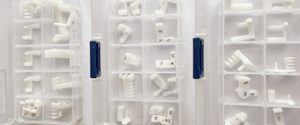
5 Comments
The one tool that you will always need is a soldering iron. A soldering iron between 15W and 30W is recommended. The use of a soldering iron with a higher wattage can cause unneccessary damage to electronic components, and is generally not used in basic soldering work. You will also need some solder. A rosin core solder, preferably with a small diameter is recommend. The solder will be composed of 60% lead – 40% tin, and cores of rosin “flux” which helps the molten solder to flow more easily over the joint. A thin solder with a small diameter makes tinning the exact amount of solder that you will need much easier. It is always a good idea to have a small wet sponge to clean and cool the soldering iron tip. Most soldering iron holders come with a sponge attached to its base.
Surface Preparation: Cleaning
Before you can start soldering, you must make certain that all parts to be soldered are free from grease, oxidation and other contamination, lest you form globules of molten soldering flowing around where you don’t want them to. An unclean surface can also cause the solder to not bind well to the surface, and novices can make the mistake of overheating the components as they try to force the solder to stick. This will usually result in irreversible damage and force you to replace the components. It is very important to understand how to properly prepare the components to be soldered.
Component Prepartion: Tinning
Both contacts must be tinned before you attempt to solder them. This coats or fills the wires or connector contacts with solder so that you can melt them together. For example, if you are soldering a piece of insulated wire, use a wire stripper to strip away the tip of the insulation to expose the copper wire within, and then lightly coat it with solder. You must also tin the tip of the iron to help conduct heat to the components.
Applying Heat and Solder
With the tinned soldering iron in hand, you are now ready to heat the components. Rest the iron tip on both the component lead and the PCB. It will only take one or two seconds to heat the components up. Once you have heated up the component and the circuit board, solder can be applied. Touch the tip of the strand of solder to the heated component lead and the solder pad on the circuit board, but not to the tip of the iron. At this point, the solder will flow freely around the component lead and the pad. Once the surface of the pad has been completely coated, you must stop adding solder and then, quickly remove the soldering iron. Do not move the newly formed joint for a few seconds until the solder cools down and becomes solid. Moving the joint at this point will cause a formation of a cold joint.
Cleaning & Finishing up
Cleaning the soldering iron with a damp sponge.
You should clean the tip after each solder. There are solutions specifically designed for this but a damp sponge works just as well. The idea is to rub the soldering iron tip each and every time you finish a solder joint. That is to say, you will be cleaning the tip several times per session if your project requires you to form multiple solder joints. To clean the solder off a circuit board, you should use a solder wick. First place the wick on the joint or track you want to clean up, and apply your soldering iron on top. The solder will melt and be drawn into the wick. The wick will fill up, so gently pull the wick through the joint and your iron, and the solder will flow into it as it passes.